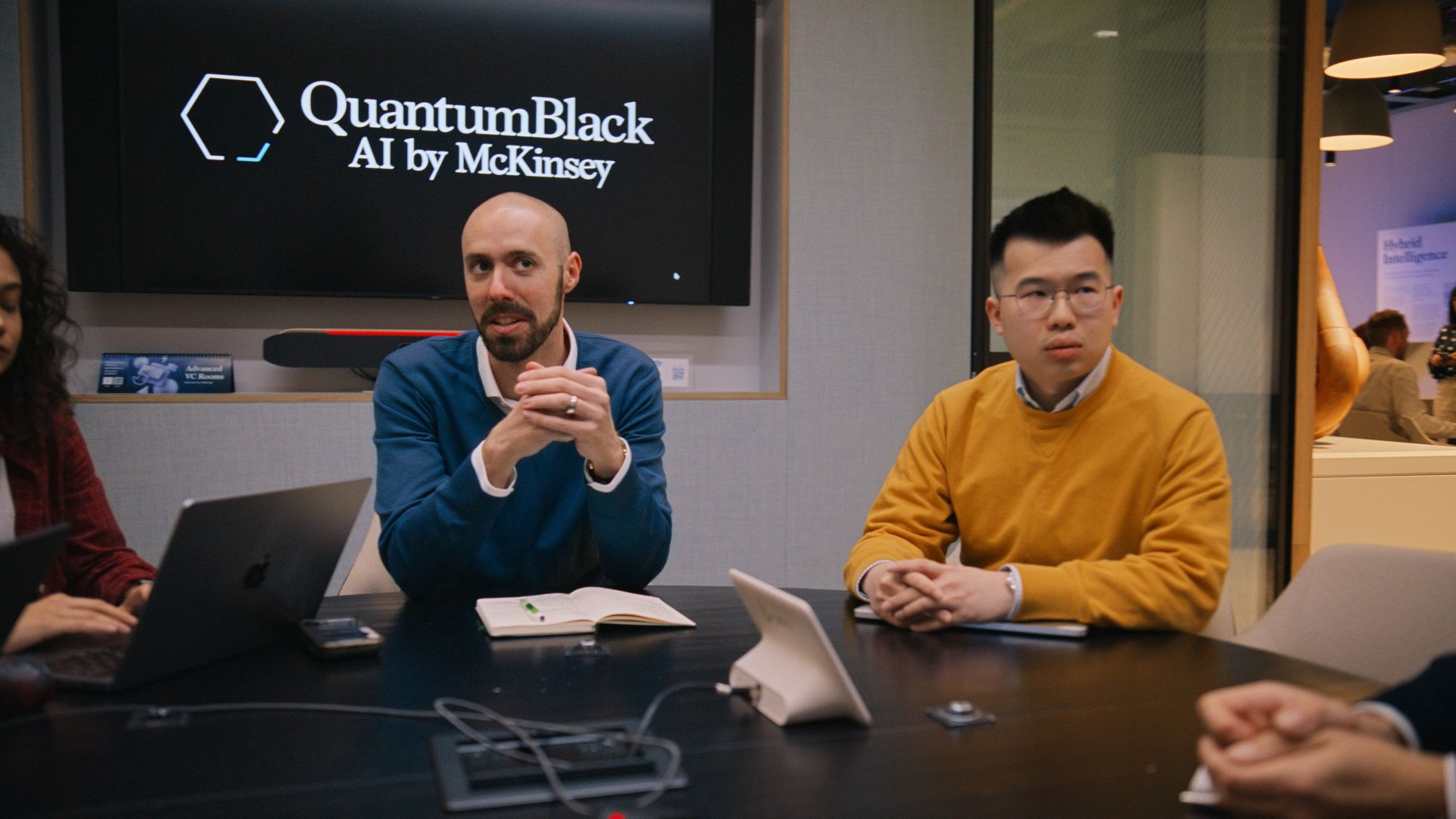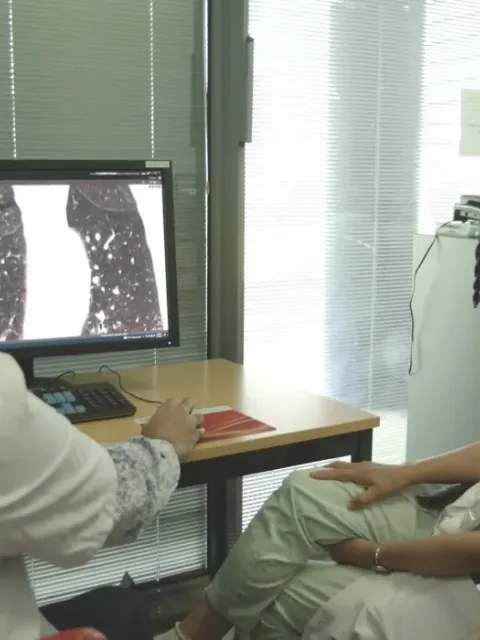AI 'could cut the time it takes to bring medicine to patients in half'
Artificial intelligence is revolutionising cancer drug discovery and clinical trials, offering faster, more efficient methods to bring new treatments to patients while reducing costs and time.

Cancer impacts millions of people across the world. "In developed nations, one in two of us will be diagnosed with the disease in our lifetime," says Björn Albrecht, senior partner at McKinsey & Company and head of the McKinsey Cancer Center. By 2040, the number of cancer cases is expected to rise from 19.3 million to 28.4 million. Finding effective therapies for the disease is a major challenge, Albrecht explains, owing to the speed with which many cancer types grow. "Cancer is fast, developing a new medicine is not."
While there have been more cancer drugs registered in the past decade than in the last 30 years combined, there is still a need for faster and more effective trials. "The fundamental paradigm of developing new medicines hasn't changed much in the past," says Albrecht. "It still takes about 10 years to find a new medicine, and all too often, this is time patients don't have."
The McKinsey Cancer Center supports biotech and pharmaceutical companies in discovering, developing and distributing more effective medicines using advanced analytics and data science.
Less than 10% of drugs that are tested in clinical trials end up being approved. "What that means is to get to that one out of 10, our clients need to spend nearly USD 3bn (UK£ 2.3bn)," says Albrecht. "But we are at the beginning of what could be a big change."
In the earliest stages of drug discovery, artificial intelligence (AI) can help to identify and test new targets for novel therapies based on existing biological and clinical data. With AI, large amounts of data can be analysed in much less time than was previously possible. Lab data and data from the scientific literature can be combined and scoured for clues that could lead to possible new drugs. Targets are sites on cells that drugs can bind to, for example a cell- surface protein like HER2 which can cause breast cancer cells to grow. Knowing how drugs interact with targets can show how effective they might be at treating a disease.
"We validate targets with a whole range of different technologies. But where we have used AI, for example, is to combine information from scientific literature and in-house data so that scientists do not have to mine the scientific literature for themselves," says Susan Galbraith, AstraZeneca's executive vice president of oncology research and development. "Instead, they have an integrated dataset that they can use to find connections between potential targets."
Once these large databases are created, it's then possible to use generative AI to predict possibilities for new drugs – called de novo design – says Galbraith.
With AI, large amounts of data can be synthesised, which speeds up efforts to analyse information. "In a typical drug discovery programme, you might make 1,000 different chemical structures that then go through the design-make-test-analyse cycle," says Galbraith. "If you could predict which are the right molecules to make based on an understanding of the protein structure and understanding of the chemical binding properties, for example, you might only need 100 or 200 molecules, rather than 1,000. You speed up that whole cycle, and that speeds up the process of discovery."

Time is precious, and with this technology, research can be made faster, says Albrecht. But the benefits of AI extend beyond drug discovery to clinical development (the process of designing and running trials to test new medicines for safety and efficacy), and ultimately, to treatment of patients. "One of the biggest opportunities for AI in developing medicines is in designing a clinical trial," says Alex Devereson, partner of QuantumBlack, McKinsey's AI practice.
By applying machine learning and artificial intelligence to analyse large datasets, QuantumBlack works with clients to uncover insights that have the potential to improve cancer diagnosis, treatment, identification of risk factors, prediction of disease progression, and personalisation of treatment plans for cancer patients. These same models can help pharmaceutical companies design trials for the highest chance of success and to get medicines to the right patients as fast as possible.
It is like a trial on a chip
– Björn Albrecht, senior partner at McKinsey & Company and head of the McKinsey Cancer Center
"Today, every possible trial design has to be tested in real time," says Devereson. By using these models at every single point of trial design and trial execution, Devereson says that AI can help to solve puzzles that would take scientists much longer to work through by traditional means. "This enables our clients to be selective in the experiments they run, focusing on those with the highest probability of success."
Using this technology can help accelerate the rate at which trials are carried out and drugs are approved for patient use. "It is like a trial on a chip," says Albrecht. "This method could make it possible to get a medicine to patients twice as quickly and in one-third lower cost."
If you're going to run this model a thousand times, you need to get the same answer a thousand times.
– Alex Devereson, partner of QuantumBlack, McKinsey's AI practice
While the application of AI to drug discovery and development has already shown impact, it remains an evolving technology to be fully deployed – and the challenges ahead are significant. "Make no mistake, data is often difficult to work with," says Devereson. "We need to build models that account for potential biases in the data, and make sure that there is total confidence in the output," Devereson adds. "If you're going to run this model a thousand times, you need to get the same answer a thousand times."
"Currently, AI has only been applied to part of the process," says Devereson. "But if it does all come together, this has the potential to mean that people get treated more quickly and effectively across a wide variety of cancers."
I'm very optimistic that that we have many of the tools in our hands now and the technologies to enable that vision to become a reality
– Susan Galbraith, AstraZeneca's executive vice president of oncology research and development
For Galbraith, her motivation is to provide patients with more options for treatment, with AI helping to give more tools to doctors. "I'm very optimistic that that we have many of the tools in our hands now and the technologies to enable that vision to become a reality."
Last update
Monday 14 October 2024
